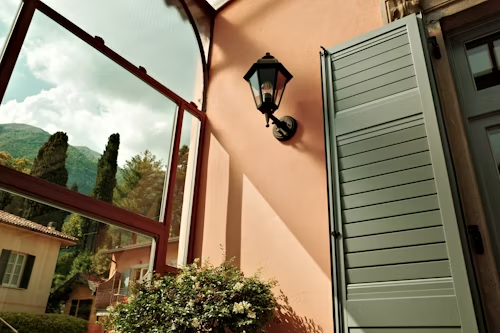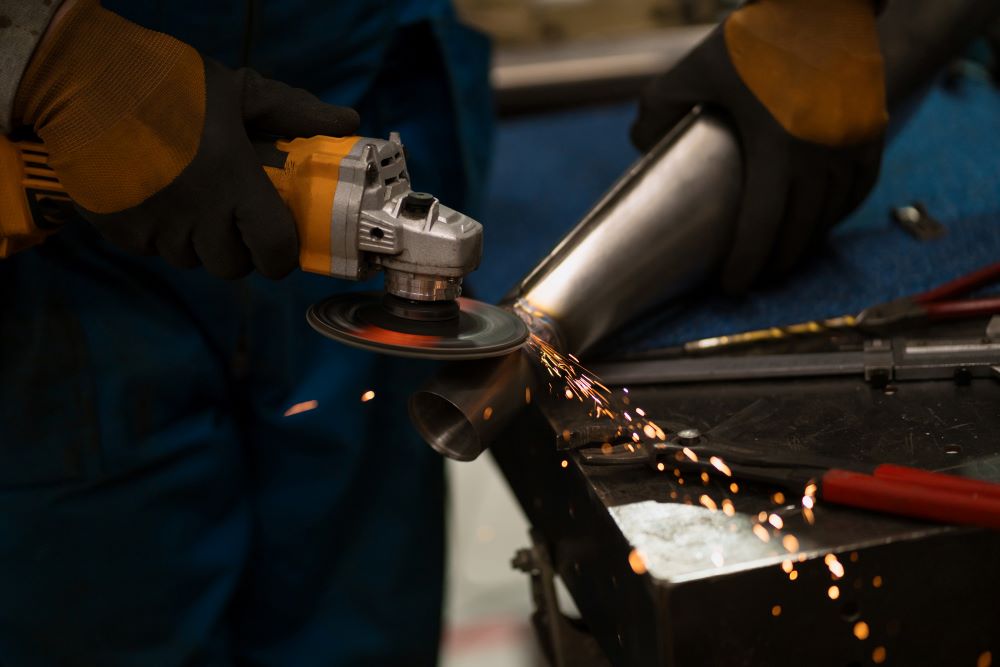Going on an outdoor adventure may inspire images of campfires, fireflies, and shooting stars.
The urge to reconnect with nature is one that we all share. The hustle and bustle of everyday life can be draining, and a great way to prevent that from impacting our lives is by spending quality time in the great outdoors.
When planning an outdoor camping or hunting trip, there are a few crucial safety elements to consider. Below are five of the top outdoor knife safety tips that any budding explorer must be aware of:
Only Use a Sharp Knife
There are several knife safety tips, but few are as vital as people knowing to use a sharp knife.
A blunt knife is more dangerous than even the sharpest of blades! Blunt knives do not cut easily, so people are more likely to apply pressure and force to achieve a cut. It is then that the blade can slip, resulting in a disastrous accident.

That is not to say that accidents do not happen with sharp knives – those cuts are still painful, but they are usually clean cuts that are easier to treat and stitch if needed.
Be Aware of Your Zones
When using a knife, standard safety practice dictates that you must ensure no one is at arm’s reach.
Make a circle while reaching out at chest level – that is aptly called the Blood Circle. If someone is standing inside that circle, refrain from using your knife.
If you are living in a container home in the outdoors, be aware of the space around you and who is in it.
The second zone to be aware of is the triangle that forms between your groin and down to your knees when seated. That forms a triangle known as The Triangle of Death.
Your femoral arteries are in your legs, and if you cut them, you could bleed out in a few minutes. Avoid cutting in that area.
Keep Your Knife Sheathed
The blade of your knife should always be sheathed or protected to avoid needless injuries and accidents.
While most people transport their knife in a sheath, once they pull it out on a trip, they often forget to sheath it again. There are many types of blades available, but every one of them must be sheathed when not in use.
Choose a blade type based on what you will use that knife for.
For example, a survival knife needs to be tough and endure during even the most demanding tasks, but it also must be easy to sharpen in the field.
Cut Away from Your Body
Respect the knife.
When cutting, slicing, or carving, always move with the knife facing away from you.
Research and learn more about techniques for using your outdoor knife safely. Never cut towards yourself in the direction of your body.
There are many articles and books on cutting techniques for bushcraft and outdoor activities. Some basic ones to research include – the Chest Lever Grip, Knee Lever Grip, and the Scissor Cut.
Use Common Sense
The best advice anyone can give you is to use common sense.
Whether using a survival, tactical, or hunting outdoor knife, if something does not feel right – do not try to cut it. Consider Murphy’s law: if something can go wrong, it probably will.
Take a first-aid kit with you and learn how to apply a tourniquet before you leave the house.
Final Notes
Follow these five simple tips above to ensure that your next trip into the wilderness is a safe one. Safety is a crucial aspect of any outdoor adventure.












